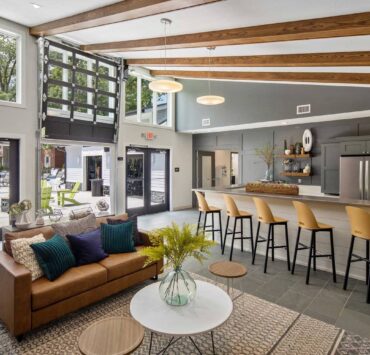Exploring the nature of ‘flats’
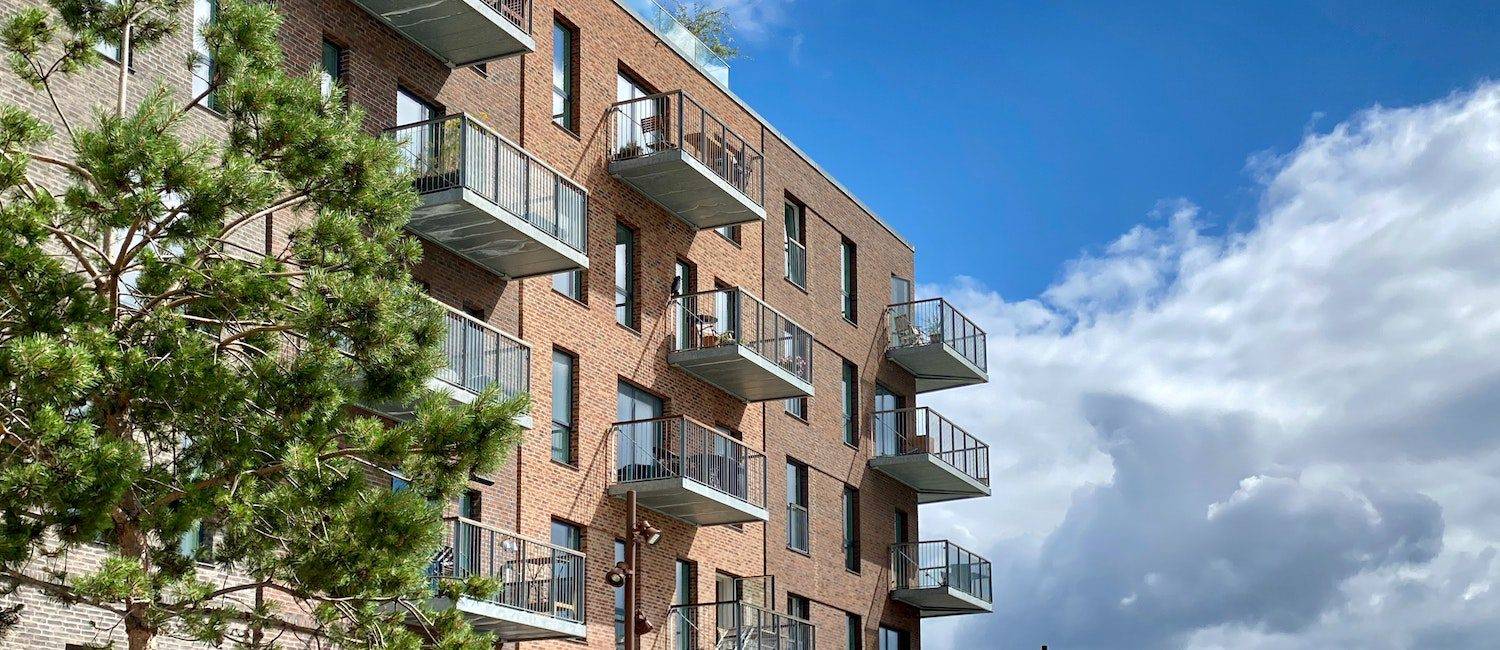
By definition, a flat is a self-contained, single-level dwelling within a larger multi-unit building, typically comprising one or more bedrooms, a kitchen, and a bathroom—all arranged on the same floor.
The terms “flats” and “apartments” are often used interchangeably and the difference primarily lies in regional usage and connotations. In British English, ‘flat’ is commonly used, while ‘apartment’ is more prevalent in American English.
Differences can also be seen in the floor levels, amenities, and perceived status of the residence. The word apartment can mean a broader term that can encompass various types of units.
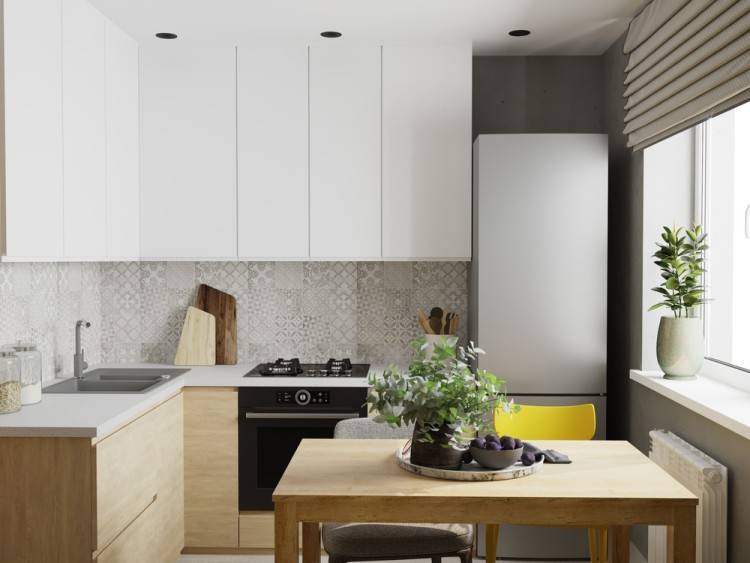
The appeal of flats
In many parts of the world, flats are attracting consumers who need their residence to be affordable, but with extra amenities, conveniently located in busy areas or near transportation routes, and low maintenance but with guaranteed security.
Flats tend to be more affordable due to their smaller unit sizes and shared-living arrangements. They often include communal amenities, such as gyms and pools, that would otherwise require extra fees. This setup fosters a strong sense of community by giving residents frequent opportunities to interact.
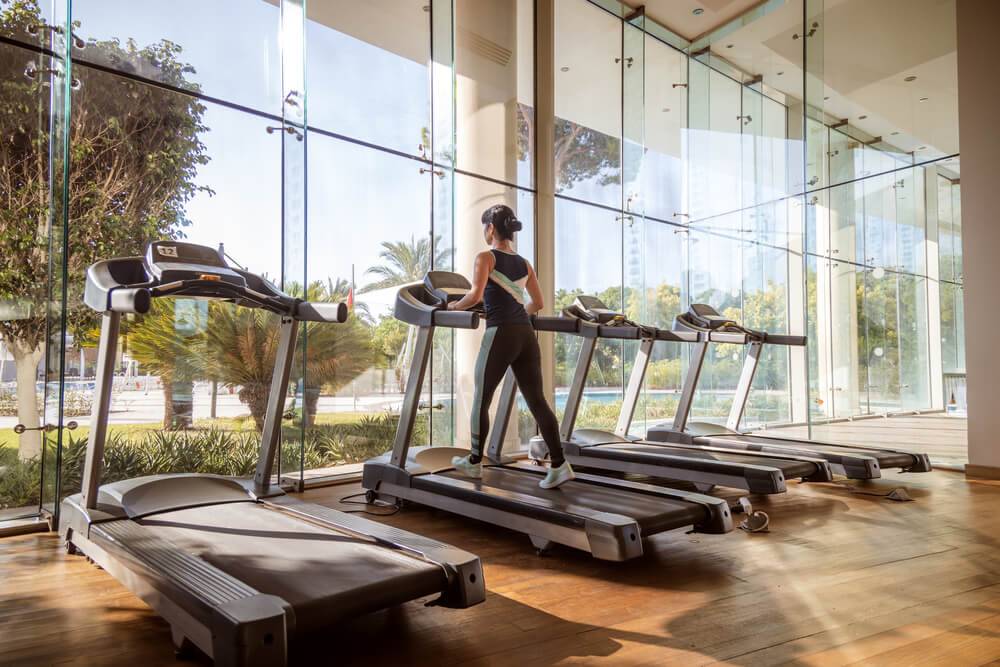
Flats are further designed for easy accessibility to accommodate a high resident density. They’re low-maintenance and typically include enhanced security features to keep everyone safe.
Types of flats
Purpose-built flats are residential units constructed for the sole purpose of being flats or living spaces from the beginning. Converted flats, meanwhile, are those created from a larger building that was originally built for a different purpose.
Studio flats are single rooms that house everything excluding the bathroom. They are usually one big room divided into different areas only by furniture or partition walls. One-bedroom flats have both the bathroom and the bedroom still separated from the other areas of the space.
Recent statistics from Eurostat showed that 46.1 percent of the European Union population lives in flats. The same data further showed that seven out of 10 people across the European continent lived in a house or a flat they own. There were more owners than tenants in every EU member state in 2019.
In Spain, flat-dwellers are known to be the core of the country’s urban communities. Spain has one of the highest percentages of flat residents in Europe, according to Eurostat. Almost two-thirds of the population live in flats, the highest rate for any EU nation apart from Latvia.
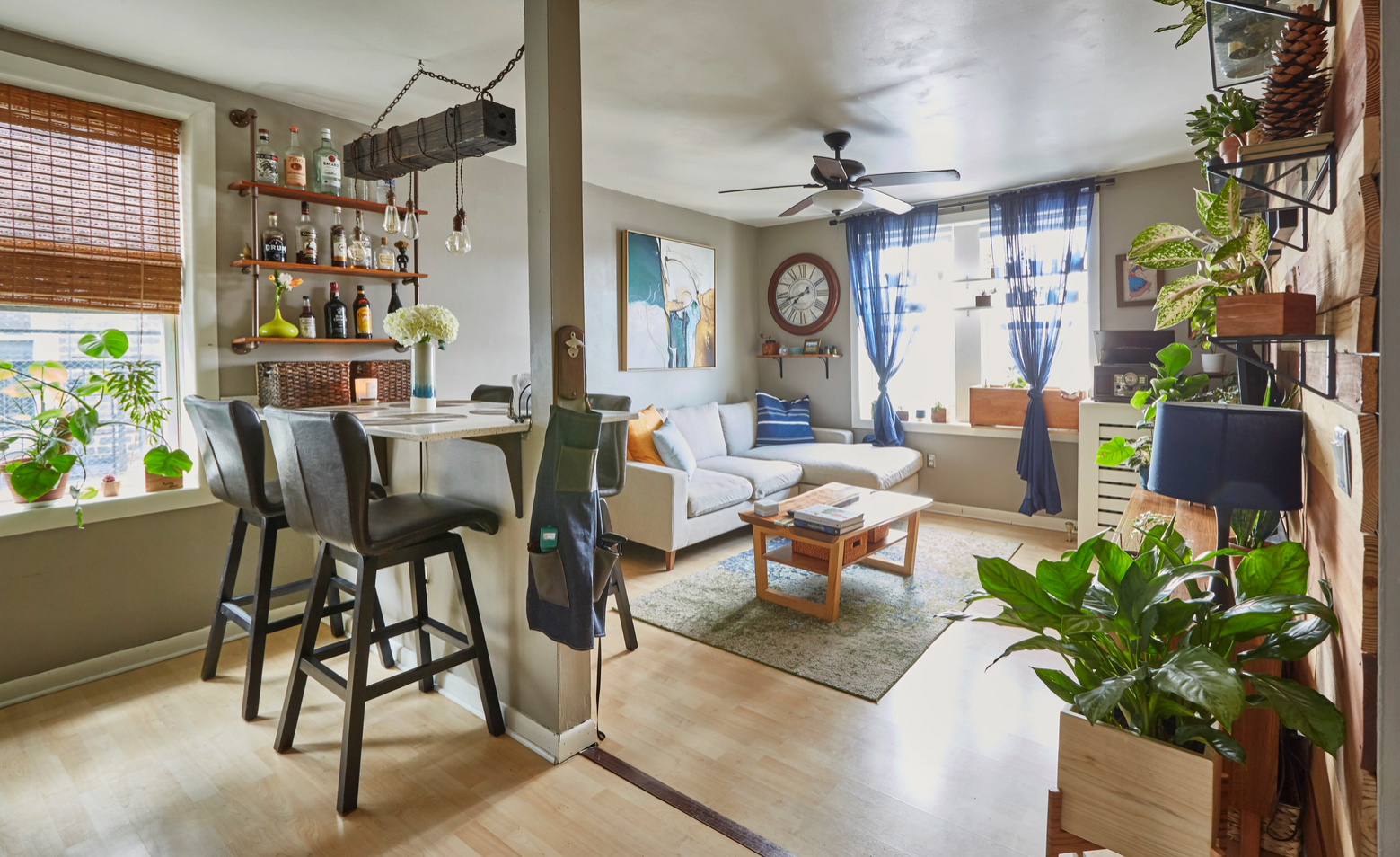
And though the root of apartment living may be economic, many Spanish communities also commend the thriving sense of community fostered by this residential set-up.
Co-living spaces
In the Philippines, both “flat” and “apartment” are used with no clear distinction. They both mostly mean the same thing—a living space with complete facilities all within a multistory building.
Many real estate developers in the country have invested in building flats to add to their portfolio and to supply the increasing housing demand in the country, particularly in central business districts. Co-living spaces complete with amenities are attractive alternatives to those looking for convenient and affordable living arrangements in the city.
Sources: Inquirer Archives, europa.eu, BBC, sobha.com, engelvoekrs.com, picagroup.com.au















